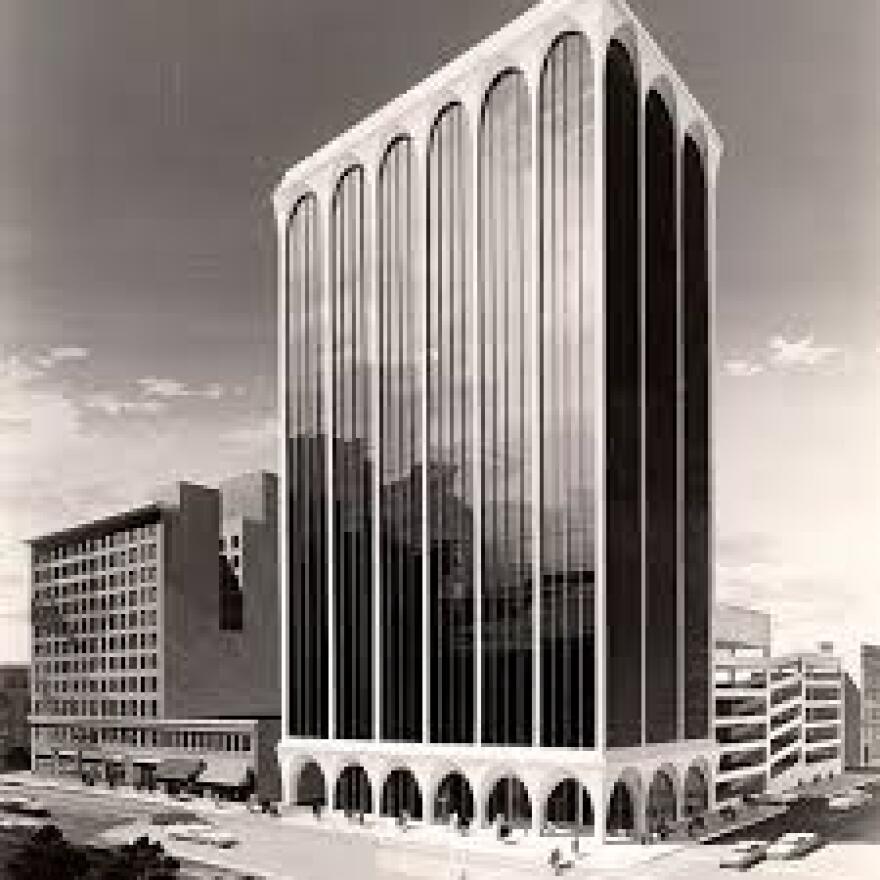What once was the tallest skyscraper in Dayton is reaching new heights — this time with its glass.
The Grant-Deneau Tower, at 40 W. Fourth St., was built in 1969. Now known as the Deneau, the property’s windows are being replaced with vacuum-insulating glass.
About 51,000 square feet of this glass will be installed. VacuumGlass, the company behind the retrofit, believes that will make it the largest vacuum-insulating glass retrofit in North America.
Vacuum-insulating glass is about 10 times more effective at preventing heat loss than single pane window glass, according to VacuumGlass Chief Technology Officer David Cooper. It works by preventing two forms of heat transfer and reflecting infrared heat from the sun.
“You can reflect the heat back into the building in the winter or reflect it out in the summer. Whichever side is hotter is the one that's reflecting,” Cooper said.

Windsor Companies acquired the tower in 2019 and will be switching it from solely commercial to commercial and residential use. Its previous tenant was Premier Health.
“They left the building because of how inefficient the building was. They were paying way too much for heating and cooling costs,” Windsor Companies CEO Alex Dorsey said.
Another energy efficiency improvement on the building is a geothermal water heating and cooling system.
This system pulls water from deep in the Earth, which comes out at about 58 degrees fahrenheit.
“So you use less energy to heat up something that's coming in that's much warmer,” Dorsey said.
Marc LaFrance is the windows research and development manager with the U.S. Department of Energy. His department is responsible for “bringing the next generation of windows to market,” LaFrance said.
Building developers are attempting to move away from traditional HVAC systems, he said, but single pane windows decrease the possible energy savings.
“So if you try to decarbonize and remove fossil fuel heating, it's a big challenge because there’s so much heat loss through those extremely inefficient windows,” LaFrance said.
The Lawrence Berkeley Laboratory is studying heat loss on the Deneau building before and after the window replacements. The U.S. Department of Energy is funding that research.
Windsor Companies will pursue energy efficiency tax credits. It’s also receiving over $10 million in adaptive reuse and historic preservation tax credits.
The retrofitting should conclude this October.



